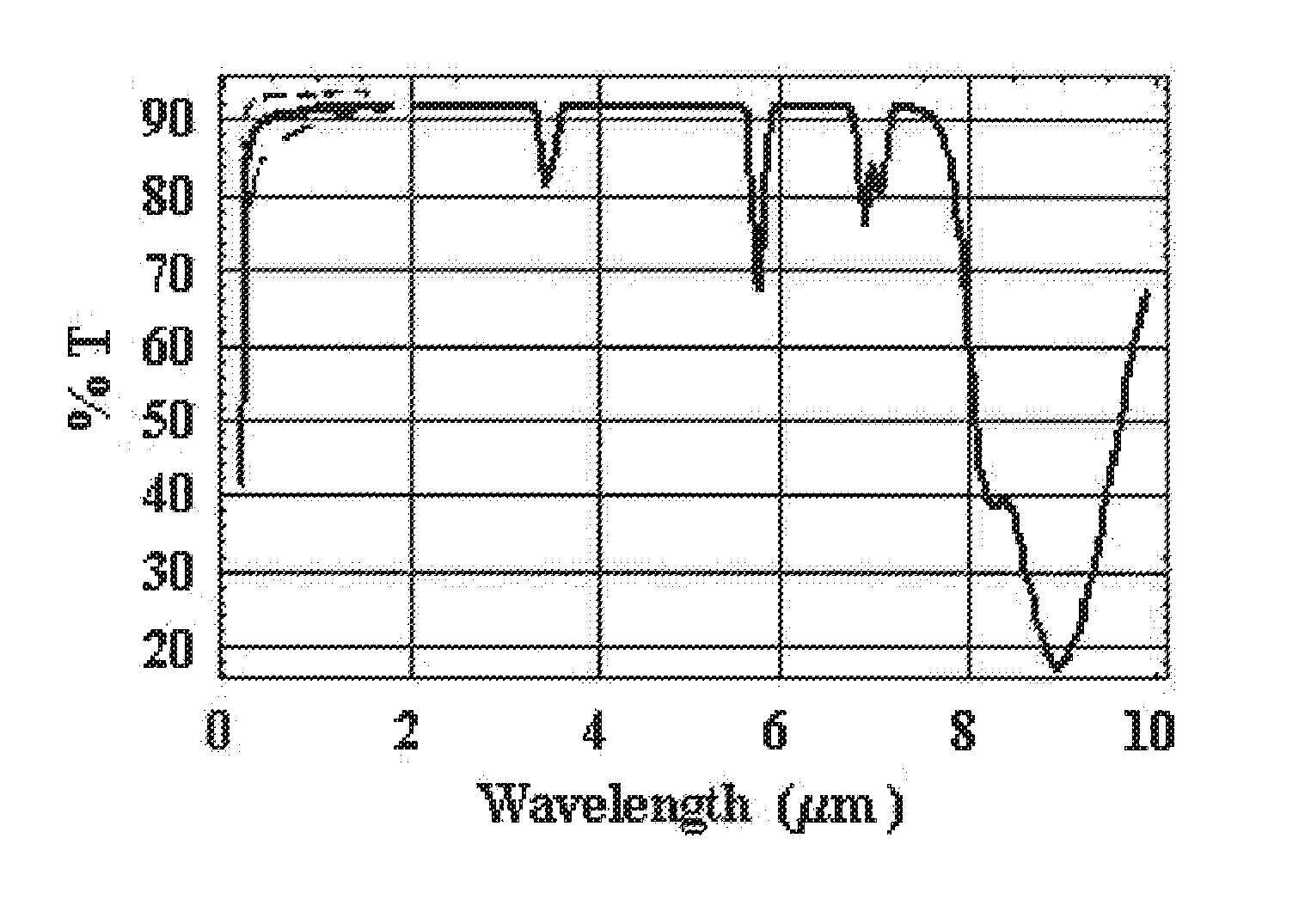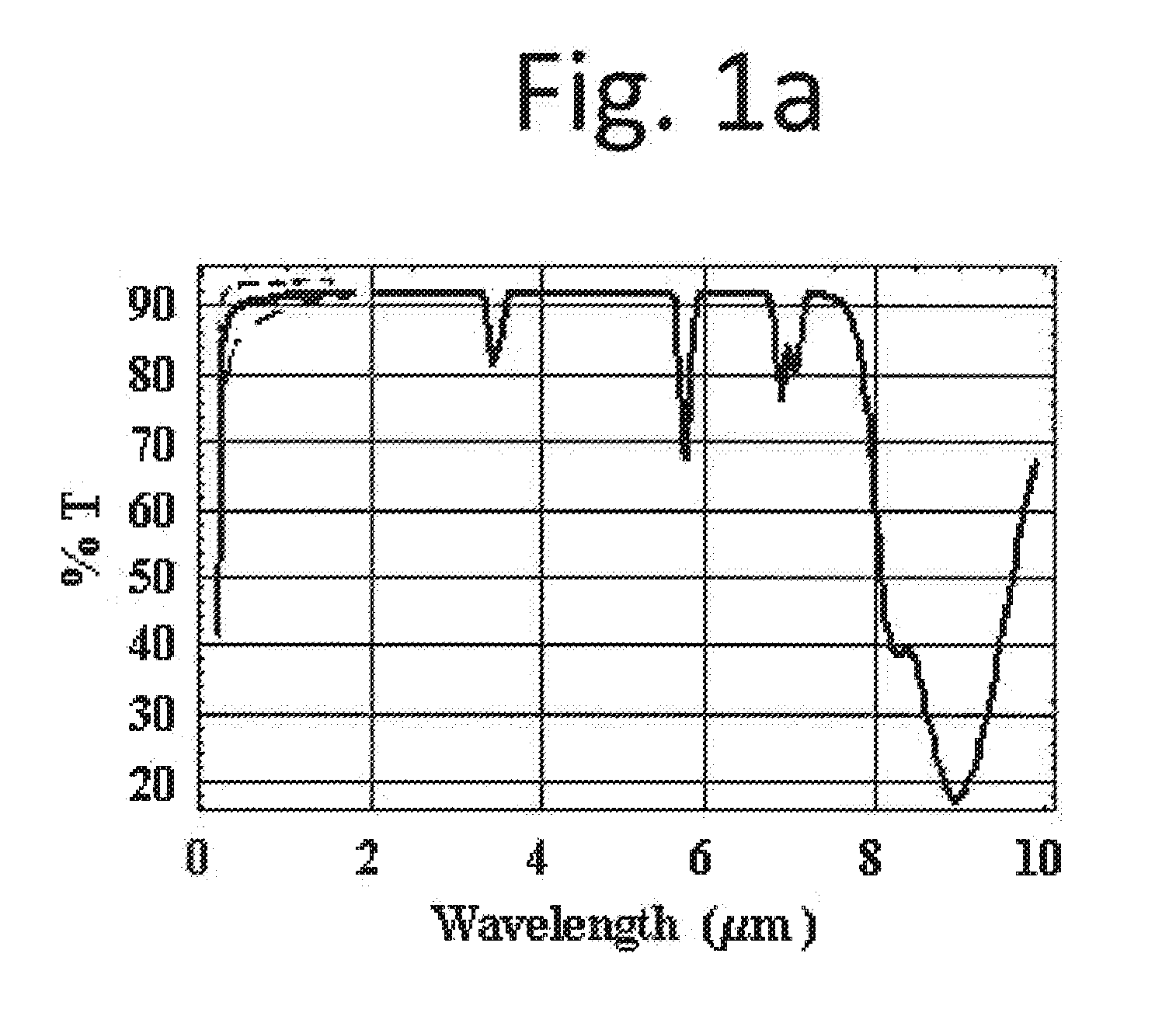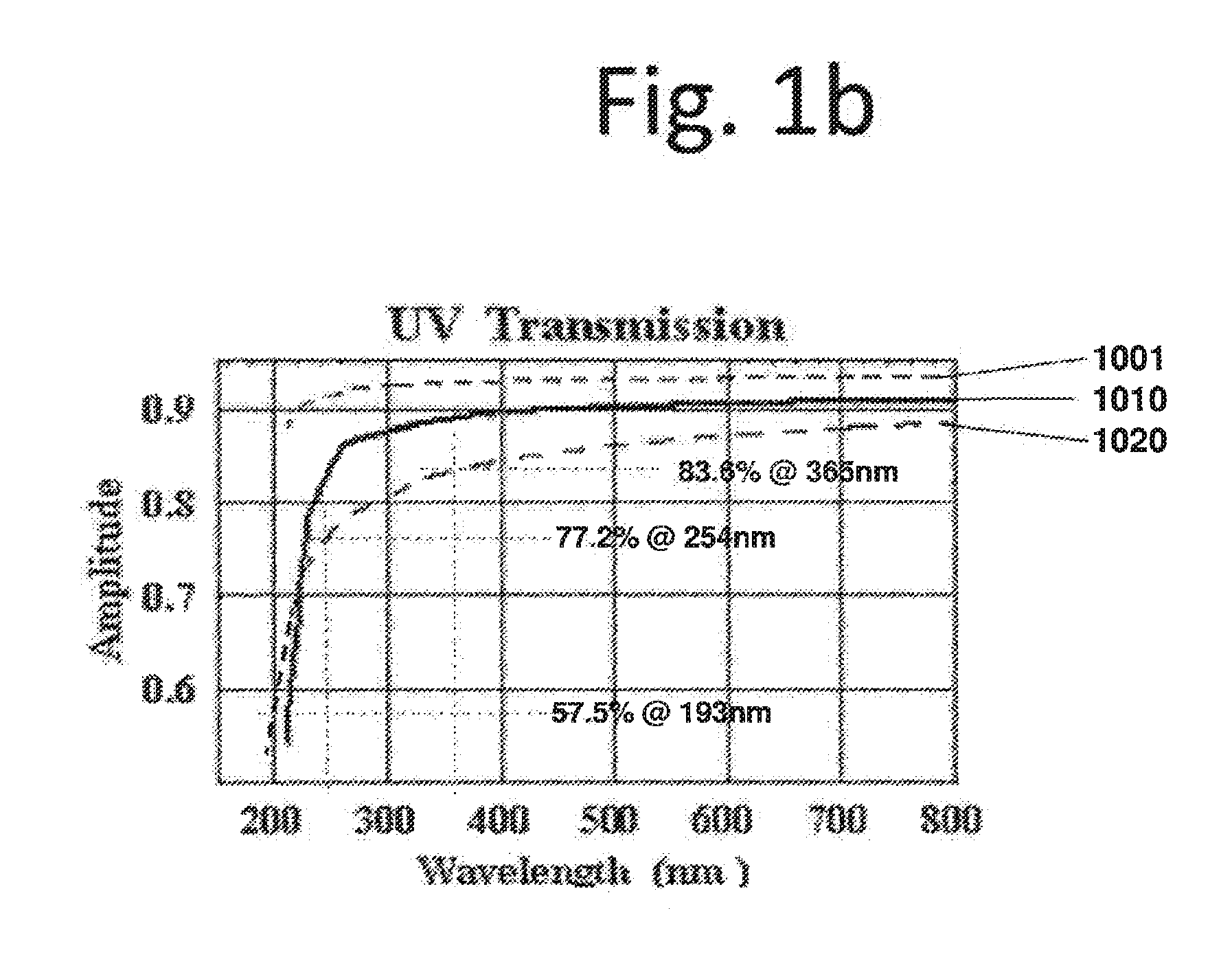Latent fingerprint detection
a fingerprint detection and fingerprint technology, applied in the field of latent fingerprint detection, can solve the problems of difficult resolution/collection, limited fingerprint detection technology, damage to the surface, etc., and achieve the effect of reducing the duration of the activation pulse, increasing the proportion, and reducing the proportion
- Summary
- Abstract
- Description
- Claims
- Application Information
AI Technical Summary
Benefits of technology
Problems solved by technology
Method used
Image
Examples
Embodiment Construction
[0056]The following detailed description of the invention refers to the accompanying drawings. The same reference numbers in different drawings identify the same or similar elements. Also, the following detailed description does not limit the techniques, devices, and solutions described herein. Instead, the scope of the techniques, devices, and solutions described herein is defined by the appended claims and equivalents thereof.
[0057]For fingerprint oils / waxes, there are specific electro-optical radiation domains where absorption of the fingerprint oils / waxes significantly exceeds the absorption of a background material. The image contrast of latent fingerprints is directly linked, but not limited, to their absorption (scattering, for example, may also contribute to contrast). An absorption significantly exceeding the absorption of a background material means a level of difference in the absorption that allows for a contrast level sufficient to permit imaging / detection of the finger...
PUM
| Property | Measurement | Unit |
|---|---|---|
| wavelengths | aaaaa | aaaaa |
| light wavelengths | aaaaa | aaaaa |
| light wavelengths | aaaaa | aaaaa |
Abstract
Description
Claims
Application Information
 Login to View More
Login to View More - R&D
- Intellectual Property
- Life Sciences
- Materials
- Tech Scout
- Unparalleled Data Quality
- Higher Quality Content
- 60% Fewer Hallucinations
Browse by: Latest US Patents, China's latest patents, Technical Efficacy Thesaurus, Application Domain, Technology Topic, Popular Technical Reports.
© 2025 PatSnap. All rights reserved.Legal|Privacy policy|Modern Slavery Act Transparency Statement|Sitemap|About US| Contact US: help@patsnap.com



